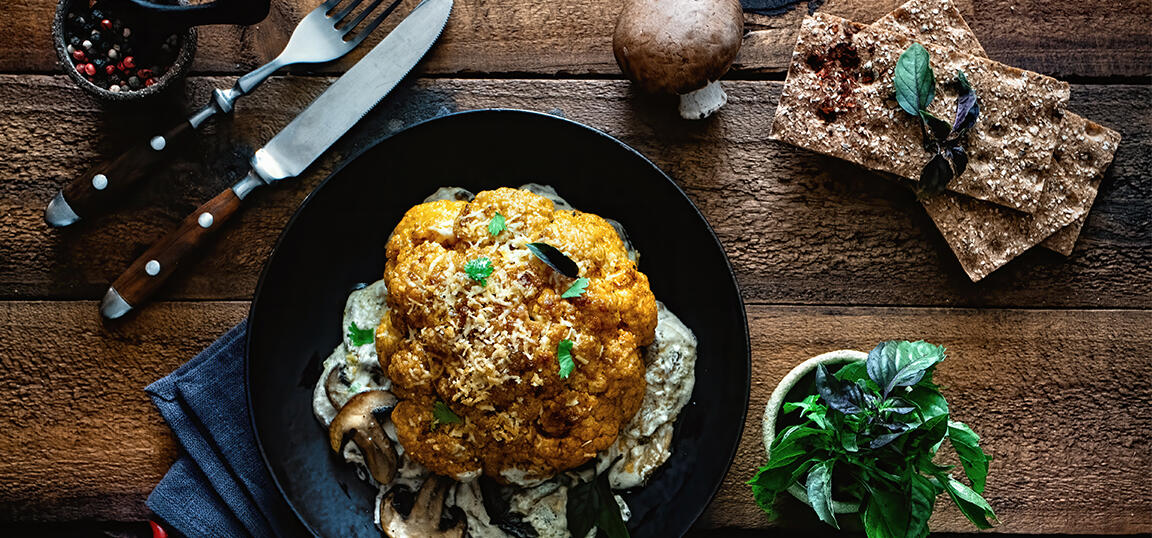
Why you should choose sustainable fish
Your guide to eco-friendly eating.
Fishing has been a way of life around the British coastline for thousands of years. Choosing fish that has been caught and landed in a sustainable way will help to ensure that generations in the future can continue this rich heritage.
Sustainable fishing simply means leaving enough fish in the sea for the population to remain productive and healthy. By respecting habitats and minimising environmental damage, it avoids overfishing and accidentally catching other marine life such as seabirds and turtles. Well-managed, sustainable fisheries comply with relevant local, national and international fishing laws and remain committed to growing and adapting their practices as technological and scientific improvements are made.
We’re proud to work with fishing partners who are at the leading edge of sustainable fishing. They work with scientific and management organisations to share best practices, both in the UK and overseas.
Fish have been a key part of the human diet for thousands of years. Here’s how to make sure you’re eating sustainably:
1) Check where your fish is from. If you can’t easily find the information, then don’t buy it!
2) Eat local. We are lucky in the UK to have such a wealth of high-quality fish and shellfish landed in our waters. Embrace this diverse resource (and avoid the air miles) and make sure you’re eating British fish.
3) Fish farming isn’t necessarily bad. If it’s done responsibly in a well-managed way it can remove the pressure from wild fisheries and be an environmentally friendly choice.
4) Add some variety. Most people in the UK only eat five species of fish – cod, haddock, tuna, salmon and warm-water prawns (the so-called ‘Big Five’). There are more than 150 varieties of fish regularly caught around the UK, so try hake or John Dory instead of cod, Cornish sole or monkfish instead of salmon, and mackerel instead of tuna.





